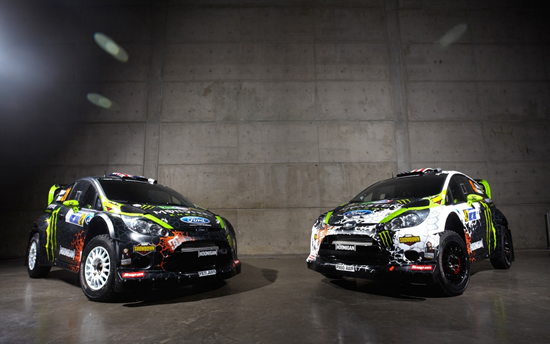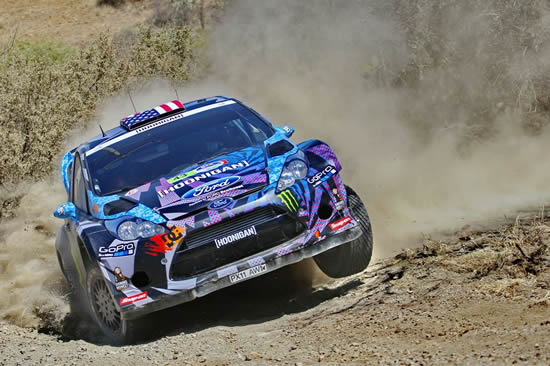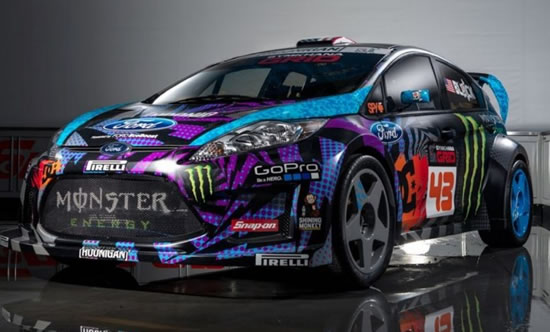Although rally cars look like everyday production cars covered in sponsor decals, the technology underneath the shell is a highly complex, 700-man-hour feat of mechanical wizardry. The small 1.6L turbo-charged engine is tuned to 300hp with the turbo set to 4-bar – that’s 4 times the pressure used on production models. Due to their lightweight, power and massive torque, a rally car can hit 60mph in under 3 seconds. To show how ‘hands on’ a rally is for the mechanics, here are two entirely different Ford [Hoonigan] Racing Division setups for the WRC calendar.
The Rough
Take Rally Argentina, for example, a car-killing event with many perilous obstacles such as gravel and large rocks. Ford will need to raise the chassis to keep it clear from these obstacles, so bigger and softer springs are used to allow the suspension and wheels more travel. Smaller wheels are used with larger, knobbly tyres for extra grip and to help prevent punctures. The shell is different in that the wheel arches are cut back, again allowing the wheels and suspension room to move over the rough terrain.
The Smooth
The smoothest rally stages are those set on tarmac, and looking at the picture of the car, the differences compared to the rough setup are significant. The teams set the suspension for a much lower ride height for a reduced centre of gravity, as the car won’t have any car-damaging obstacles like rocks to contend with. Stiffer springs and anti-roll bars are used on tarmac because there’s less travel and more grip is available. This lower centre of gravity allows for maximum lateral acceleration. The tyres are smoother and sit on bigger rims to save weight, usually 18” as apposed to the 15” for a gravel setup. As the car can travel faster over tarmac, bigger discs are installed to dissipate the extra heat generated from heavy deceleration.
Other unseen alterations are different gear ratios depending on the stage – a bendy stage with few straights will need a different ratio to give the car maximum acceleration, where a stage with long straights will require a ratio for top end speed. Another factor dependant on varying stages is setting the perfect engine mapping balance.
So whilst a rally car may look like a colourful production car, take away the shell and you are left with a wild animal only few can tame.












Interesting article and IMO stunning photo of #43’s livery!